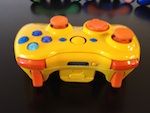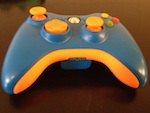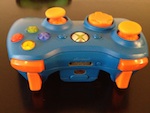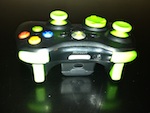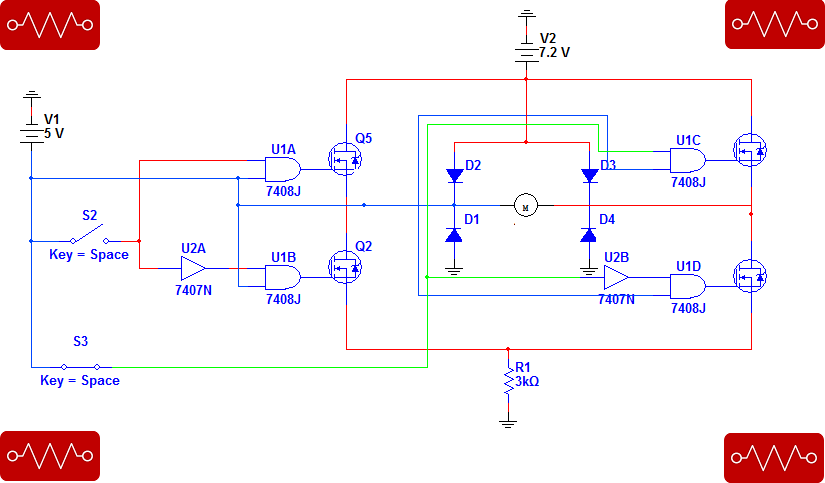We have been busy with many things here at Walke Designs and unfortunately have not been able to keep regular updates here on the website. Most of our exploits have been centralized around our school and work duties and thus Walke Designs has not officially done much.
We have not done much but have recently been contracted for three projects one of which we have already finished. I wanted to give an update on these to show what Walke Designs is doing.
We were contracted to make a plastic bending device for a local sign maker. The plastic being bent is around 1/8 of an inch thick and 2 ply. We put together the plastic bender simply by insulating a heating element attached to a piece of wood. The heating element is also grounded to provide a little bit of safety. We estimate that if we were going to sell one we would need to sell it for about $200. That would cover all of our parts and labor costs. See below for some pictures of the final product. If you might be interested in purchasing one please contact us at info@walkedesigns.com.
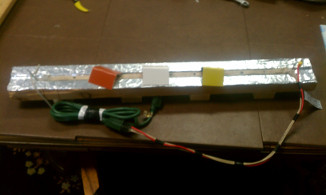
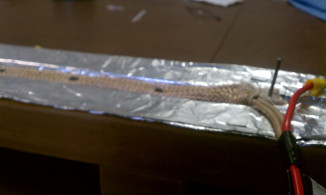
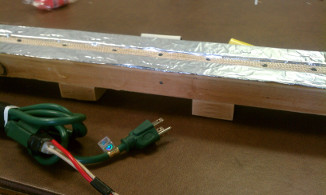
We have been re-contracted to work on a Christmas lighting display for a church. This is the original project Walke Designs completed last Christmas. Basically the display will have a manger scene that will be light up separate parts at different times. We will have a really product here and need to be finished with this by thanks giving. If you might be interested in contracting Walke Designs please contact us at info@walkedesigns.com.
We also have been conscripted in the creation of an iPhone (and possibly Android later) application. The customer has designed and produced a board game and wishes to take it to the digital realm with an app. This is a different direction from our previous work being as this will be completely a software product. This project will be quite a large undertaking and will grow our business into a new realm. If you might be interested in contracting Walke Designs please contact us at info@walkedesigns.com.

